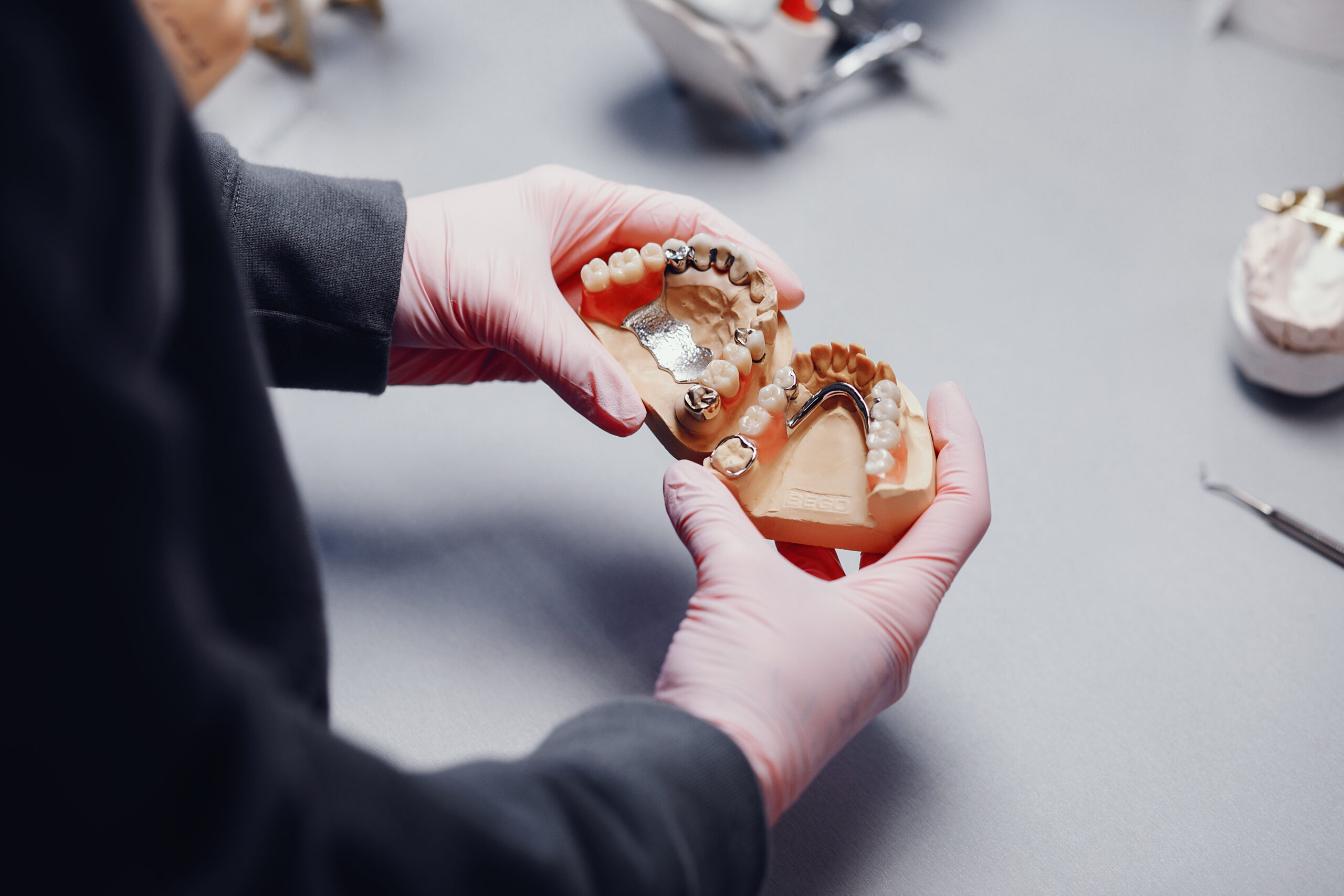
A prosthodontist is a highly trained dental specialist who focuses on the restoration, replacement, and enhancement of teeth to improve both function and aesthetics. Their expertise extends beyond general dentistry, as they specialize in designing and implementing customized solutions for patients who have lost teeth due to decay, trauma, disease, or congenital conditions. Prosthodontists use a combination of modern technology, advanced techniques, and extensive knowledge of dental materials to create restorations that closely resemble and function like natural teeth.
Thanks to advancements in dental technology, prosthodontists now offer a variety of treatments to cater to each patient’s unique needs. Whether you’re seeking subtle changes or major repairs, prosthodontists provide exceptional care every step of the way.
Our prosthodontic services include:
No matter your choice, our team ensures that every solution is tailored for comfort and a natural appearance.
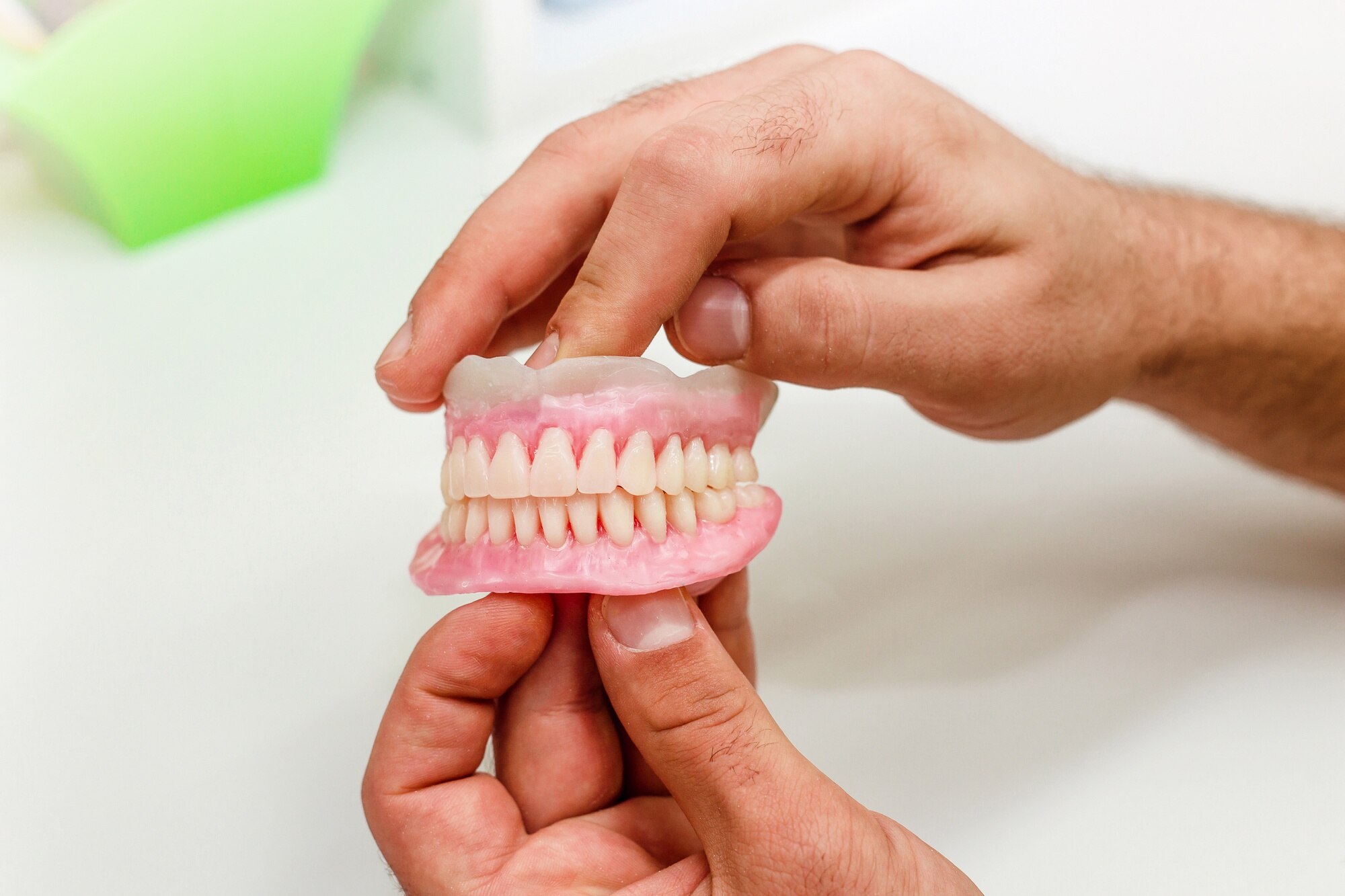
Prosthodontists play a vital role in developing cutting-edge restoration techniques, ensuring you maintain a healthy, attractive smile. With expertise in creating lifelike dental restorations, your prosthodontist works to enhance both your dental health and overall appearance.
Dental implants are a groundbreaking solution for replacing missing teeth. Unlike traditional methods, implants provide a permanent, secure foundation for your smile. We offer:
Whether it’s restoring a single tooth or a complete set, we’re here to give you the best possible results.
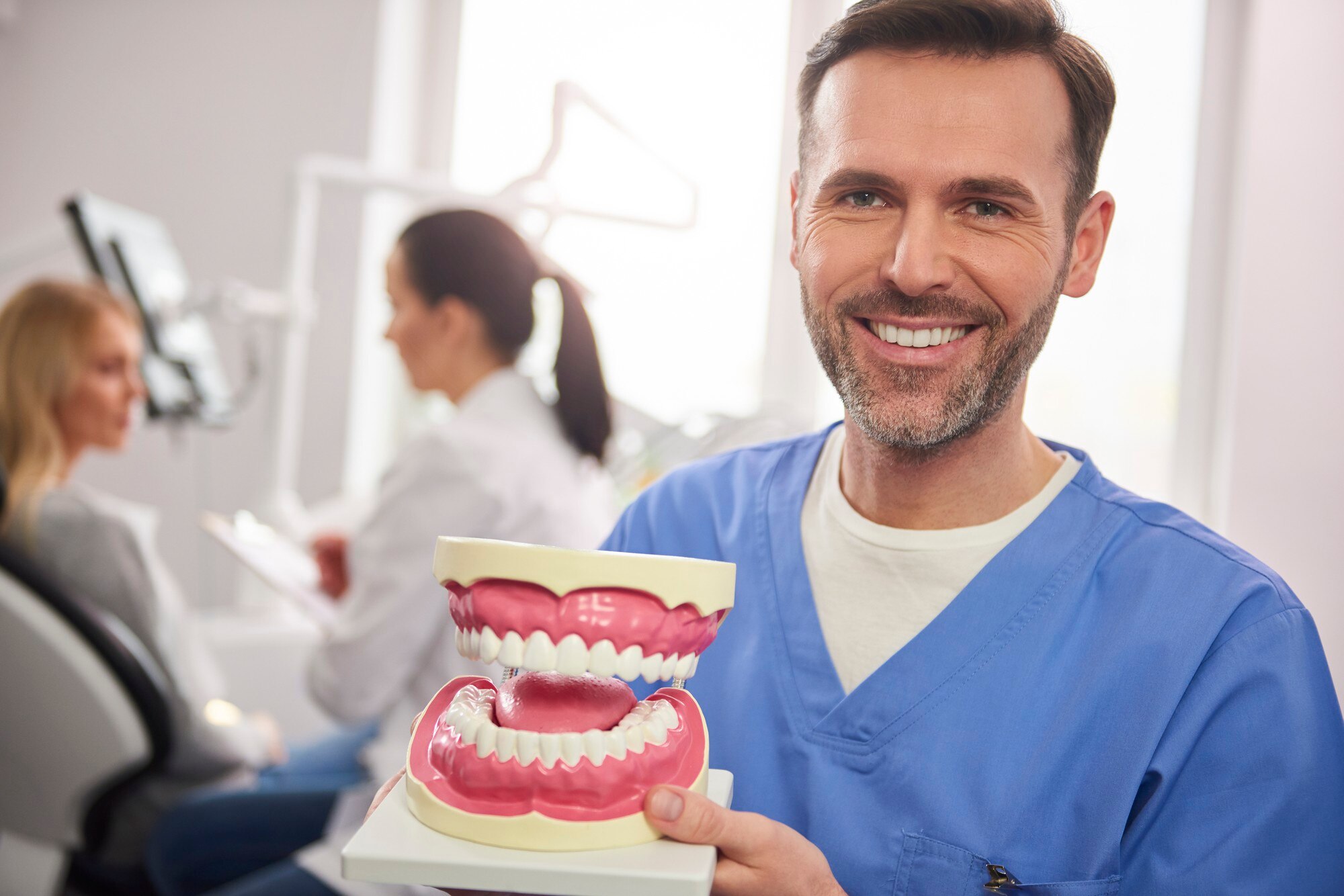
Dentures are a solution for replacing missing teeth that can be removed and put back into your mouth as needed. Depending on each individual patient case, they may receive either full or partial dentures.
Full dentures are used when all of the natural teeth are removed from the mouth and replaced with a complete set of dentures. There are two types of full dentures:

Getting used to dentures takes time. The flesh-colored base of the dentures rests over your gums, and some people initially feel they are bulky or that there isn’t enough room for their tongue. Dentures may also feel loose at first. These sensations can temporarily affect the way you eat and talk. Over time, your mouth adapts, and dentures begin to feel more like natural teeth. While they may never feel completely comfortable, they are a significant improvement over not having teeth.
Partial dentures are an alternative when not all of your teeth need to be removed. They are similar to a bridge but are not a permanent fixture in your mouth.
Your dentures may take some time to get used to. The flesh-colored base of the dentures is placed over your gums, and some people report:
These sensations may temporarily affect how you eat and talk. However, over time, your mouth becomes accustomed to the dentures, and they begin to feel more like natural teeth. While they may never feel perfectly comfortable, they are far better than the alternative of not having teeth.
Even though dentures are not real teeth, you should care for them as if they are. Follow these tips to maintain your dentures:
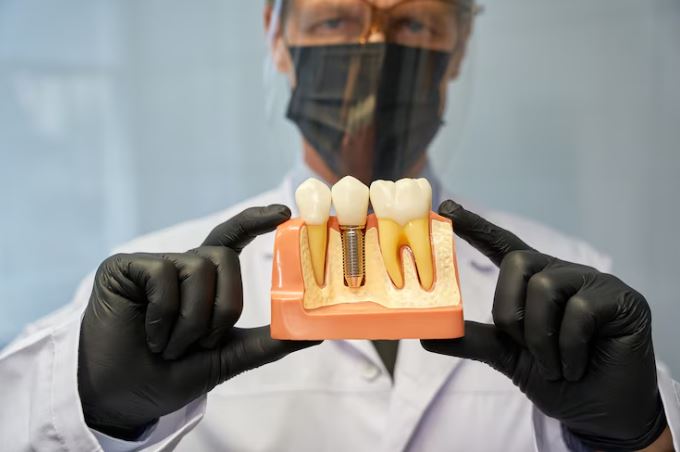
A Snap-On Denture is a type of removable denture that is designed to attach securely to dental implants using a system of snaps or attachments. This option provides a more stable and comfortable alternative to traditional dentures, as the implants help keep the denture in place, preventing slipping or movement while speaking or eating. Unlike conventional dentures, which rest on the gums and may require adhesives, Snap-On Dentures offer improved retention and a more natural feel.
There are several options regarding a Snap-On Denture. For instance, the number of snaps and implants, the type of denture, and whether it covers the roof of your mouth. Your overall preferences about the outcome will also play a role in selecting the right option for you.
Snap-On Dentures provide patients with a long-term quality solution for their smile. These dentures are easy, painless, and comfortable, ensuring a perfect fit. Not only do you get a new smile, but you can also maintain your existing teeth. They are designed to never lose functionality, offering durability and ease of use.
People who wear dentures will tell you that the worst part is having their teeth slip, tilt, or slide while they’re eating. They have to use denture adhesive to try to keep their teeth from moving around. This is a major irritant for them.

At Ridge Road Family Dentistry, we offer our denture patients an alternative – Snap-On Dentures. With the use of just a few dental implants to support the dentures, your teeth will be “locked” into place so they won’t move. Yet, they easily snap off for cleaning.
Say goodbye to messy creams! Snap-On Dentures provide a secure fit without the hassle of adhesives. Ask us if you are a candidate for Snap-On Dentures!
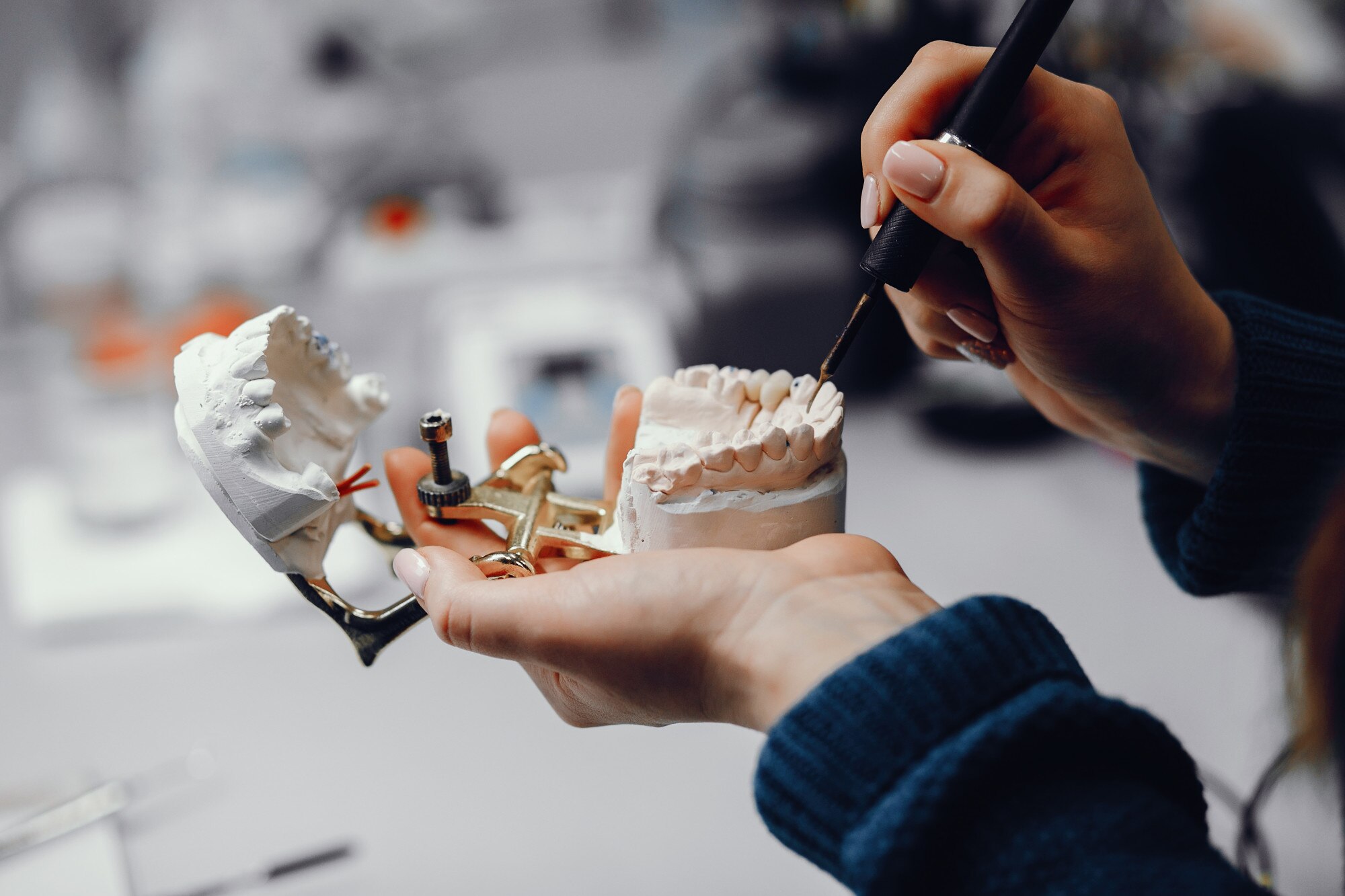
Dentures are a trusted and widely used dental solution for individuals who have lost some or all of their natural teeth, as well as the surrounding soft tissue structures. These prosthetic devices are carefully designed to restore both the functionality and appearance of a natural smile, allowing patients to chew, speak, and smile with confidence. Unlike permanent dental restorations, dentures are removable, making them a convenient option for those who prefer flexibility in their dental care routine.
There are two main types of dentures:
Dentures, whether complete or partial, serve important purposes beyond simply replacing missing teeth. They provide essential support for facial tissues and enhance your smile, improving both functionality and appearance.

Getting dentures typically involves multiple appointments over several weeks to ensure the best fit and functionality.
This step-by-step process ensures that your dentures are both comfortable and tailored to your needs.
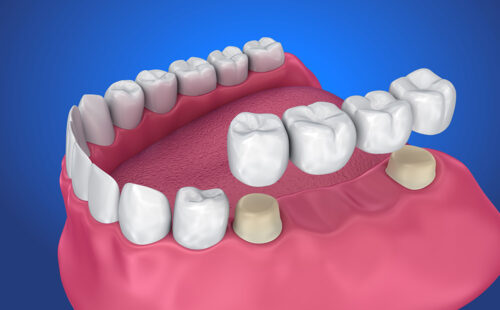
Dental bridges are an excellent way to replace missing teeth. They literally create a bridge using your existing teeth to span the gap where a tooth is missing. Bridges are crafted from materials such as gold, metal, alloys, or porcelain to ensure strength and durability.
The creation of a dental bridge involves several steps:
The bridge consists of:
With dental bridges, you can restore both the function and appearance of your smile effectively!

While waiting for the lab to craft your permanent bridge, we will fit you with a temporary bridge. This temporary solution serves to:
Once your permanent bridge is ready, you will have a follow-up visit to set the bridge. During this visit:
Although it may take a little time to adjust, after a few days the bridge should feel like your natural teeth.
After having your bridge placed, we recommend:
With proper care, your dental bridge will restore functionality and confidence in your smile.
If you are missing a tooth, it is important to consider replacing it. Missing teeth can lead to:
Set up an appointment today to restore your smile and maintain the health of your teeth and jaw.
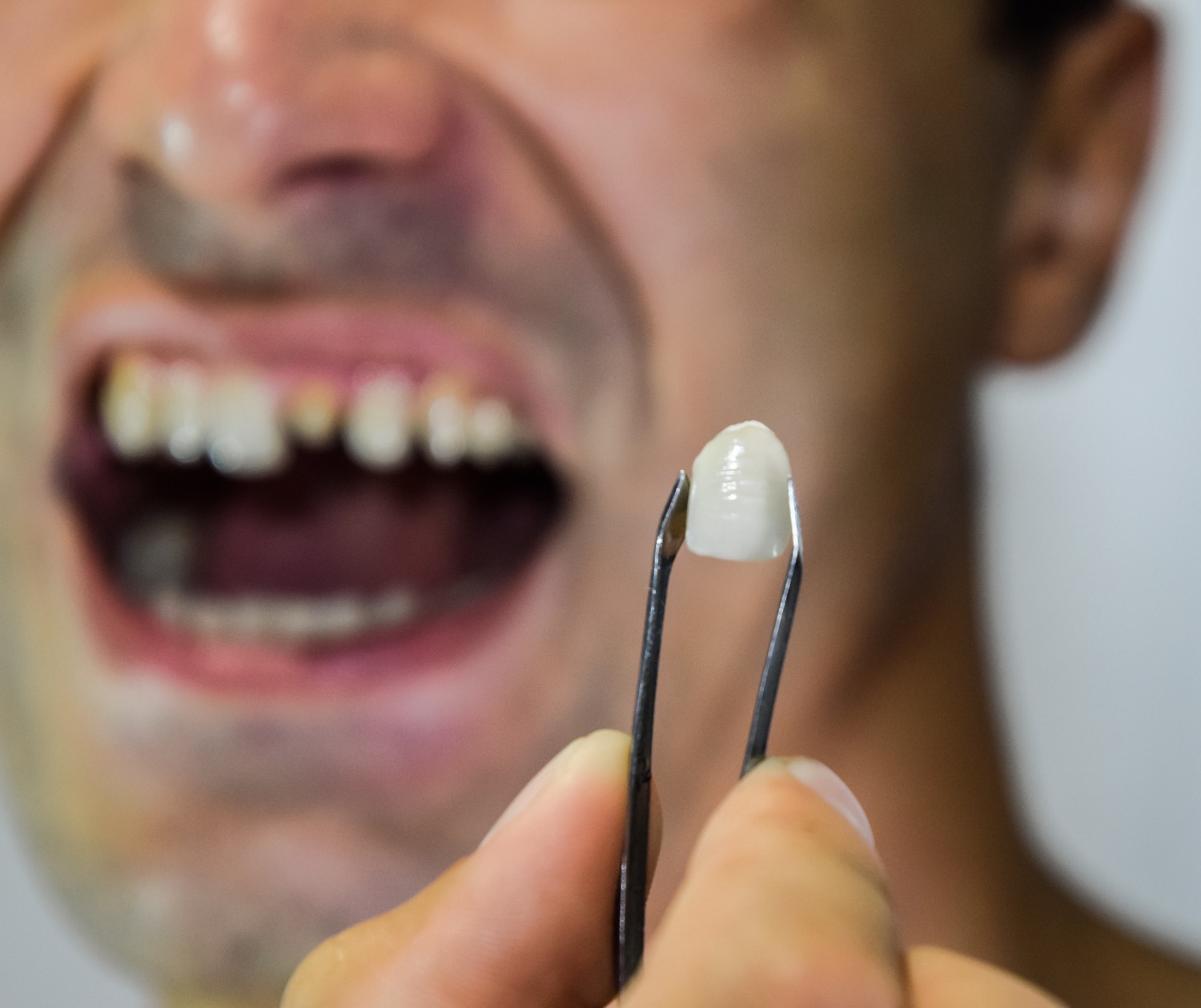
Over time, our teeth can weaken and become more susceptible to issues such as:
If your smile isn’t what it once was, crowns can help you recover its strength and appearance. If your dentist notices that a tooth is decayed, weakened, or cracked, a crown may be necessary to prevent further problems. In such cases, fillings or bonding may not be sufficient.
Crowns can be crafted from various materials, including:
For a natural look and feel, a porcelain-finished crown is often the best choice, as it can be matched to the shade of your other teeth.

This procedure allows the crown to blend in seamlessly and appear just like one of your natural teeth. Installing a crown typically takes 2-3 visits to the dentist. On the first visit, the tooth is reshaped by filing down the enamel so the crown can fit over it. A local anesthetic is administered before this step to ensure you experience no discomfort.
Once the tooth is reshaped, a mold is taken of the tooth and the surrounding teeth. This mold is sent to a dental lab to craft your custom crown, ensuring it fits perfectly and blends with your other teeth. Before leaving, your dentist will fit you with a temporary crown to protect the tooth until your permanent crown is ready.
The permanent crown is usually ready in 2-3 weeks. During your follow-up appointment, the dentist will place and fit the permanent crown. A local anesthetic will be used again to numb the area, and the crown will be secured using dental cement to ensure it stays in place. When you look in the mirror, you’ll see your restored smile!
Crowns are highly durable, typically lasting 10-15 years. To maintain your crown, care for it as you would your natural teeth—regular brushing and flossing are essential. Call us today to learn more about how crowns can help restore your smile.

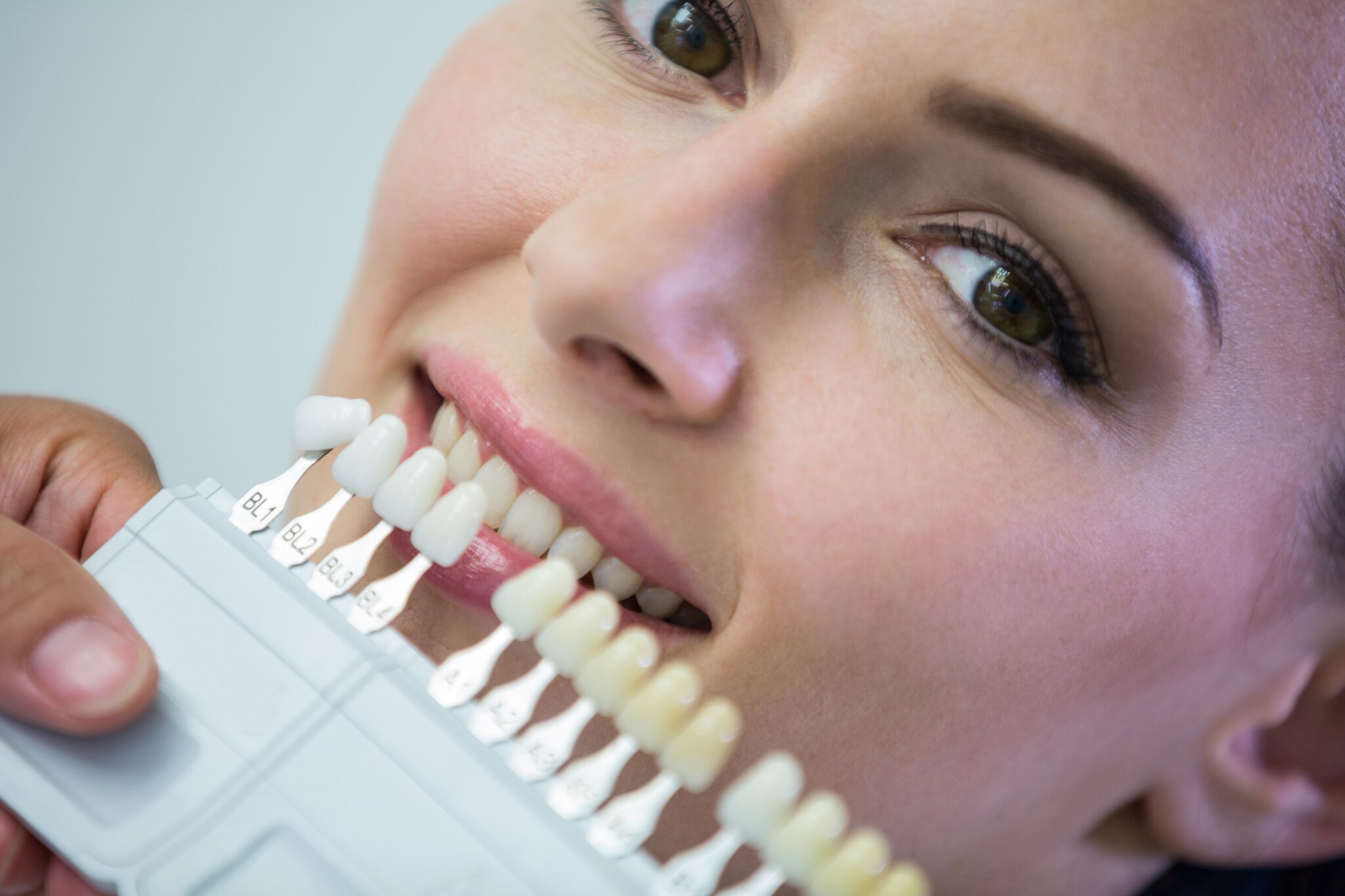
Veneers are an excellent way to redesign and reshape your entire mouth. Veneers are a very thin ceramic shell that covers your existing tooth structure. By placing these new veneers on your teeth, you can fix the look of issues such as:
The process to place veneers typically takes approximately two to three visits. During the first visit, we will discuss the new shape and look we aim to achieve by placing the veneers. Once we establish a plan, we will carefully prepare your teeth for the placement of the new veneers.
As we complete this piece of the process, the next step is to take an impression of the newly prepared teeth. This impression will be sent to our laboratory for the final product to be fabricated. We only utilize the highest standard laboratory for all our work. This process at the laboratory typically takes between 10-14 days. While the new veneers are being fabricated, we will provide you with a beautiful temporary solution to wear during this time.
Once your veneers are finalized, we will ensure that they feel just like your natural teeth. We will carefully bond them into place, ensuring a comfortable fit and a stunning, long-lasting smile that you can enjoy for many years to come!


Bonding is a popular method to enhance the aesthetics of your smile. It can be used to:
A composite resin is applied to the affected tooth or teeth. The process includes:
Bonding is a clear improvement over unsightly silver amalgam fillings. Thanks to advancements in dental technology, bonding can last for over 10 years. It is a safe, affordable, and attractive solution for many dental problems.